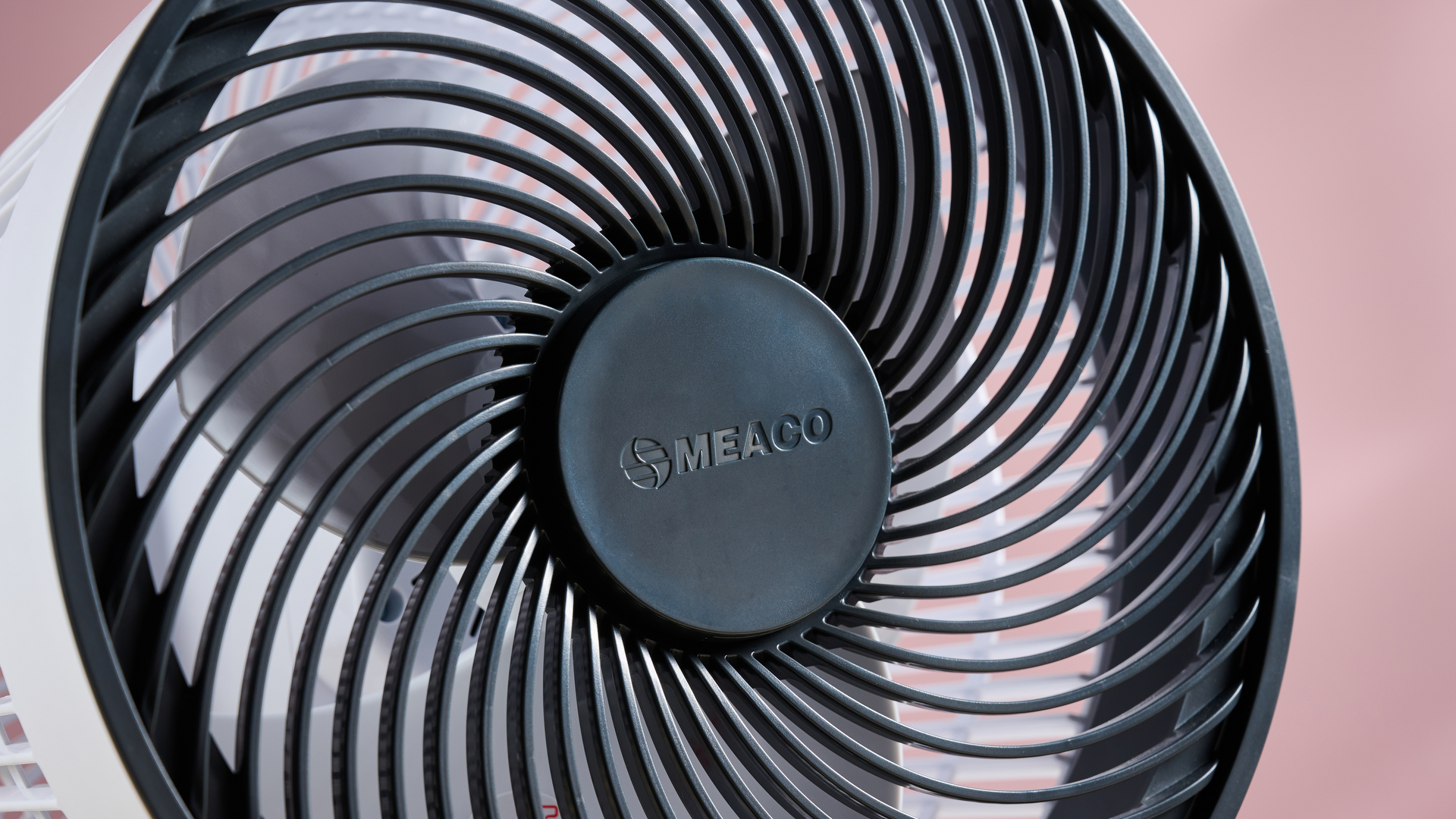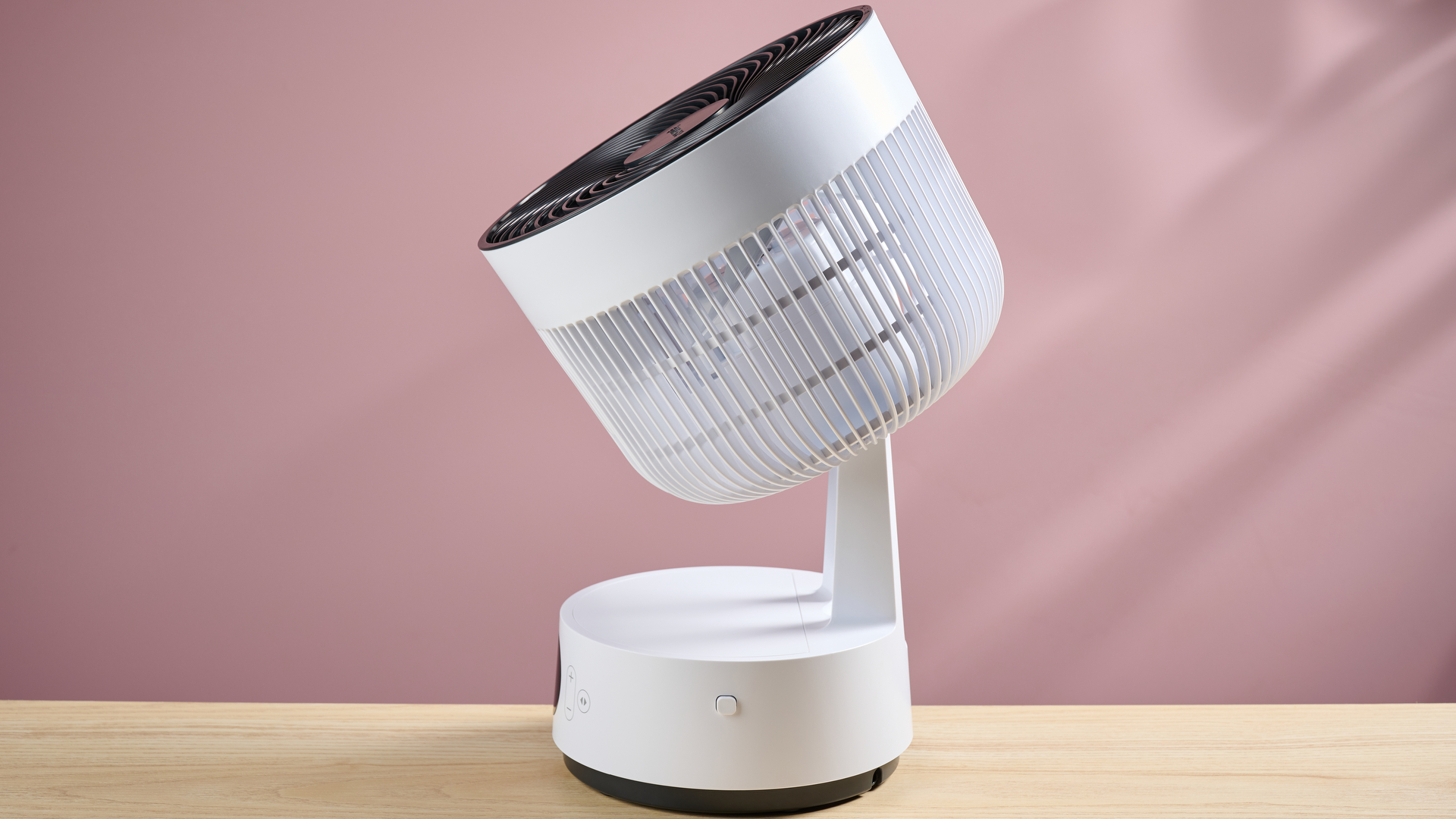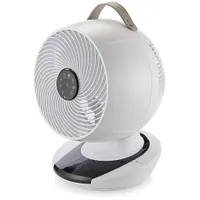'You get the best of both worlds' – an expert reveals why an air circulator is better than a regular fan this summer
The coolest solution when temperatures start to rise

When temperatures start to rise, most people start searching for a way to stay cool. If you're struggling in the heat, the best fan to help make things more bearable might not be a traditional fan at all – it might be an air circulator.
When comparing fans vs air circulators, the main difference is that while most fans are designed to blast air a long way in one direction, air circulators are built to shift air widely around a larger space. However, the beauty of the setup is that many air circulators can also operate like regular fans, making them a versatile solution to keeping cool this summer.
"You can either have personal cooling or whole-room air distribution. You get the best of both worlds," says Chris Michael, Managing Director of leading aircare brand Meaco.
In this article I'll explain more about what air circulators are, the different ways you can use them, and why they might be the superior choice when searching for a solution to your hot weather woes.
How do air circulators work?
Primarily, air circulators are designed to amplify the effects of a cool air source – like an an air conditioner unit – by quickly and evenly distributing the chilled air efficiently around a large space.
They often look like pedestal fans or tabletop fans, but with a far deeper fan head. Air is sucked in through the back of the fan and pushed out though a spiral grill, at which point it bounces off the walls and ceiling and around the whole room.
Some air circulators operate with the fan head in a fixed position, but others will oscillate, not just just side-to-side but up-and-down, too. In this case, if you switch off or limit the oscillation, you could use the circulator like a regular fan.
Sign up for breaking news, reviews, opinion, top tech deals, and more.
This is the specific air circulator that I've been using to save me from melting in the UK heatwave. It's had a little discount at Amazon – nothing game-changing, but better than nothing. In my opinion it's well worth the investment. The cooling is excellent, it's well-designed and it operates quietly.
US deal: MeacoFan 1056 was $139.99 now $79.99 at Amazon
How can you use an air circulator?
If you're using the fan in air circulator mode, combining it with an AC unit will deliver very powerful cooling – as one of my regular reviewers found when she tested the Dreo TurboPoly Fan 508S with her struggling air-con.
However, you can also use it without air con. Chris Michael suggests "placing a bowl of ice in front of the fan to blow the air across the ice for a cooling effect".

Many air circulators can also be used like a regular fan. Rather than actually lowering the temperature in a room, a normal fan works by encouraging evaporation of sweat from the surface of your skin, making you feel cooler.
So if you fix the air from a circulator so it's pointing directly at you, it'll have the same effect. Theoretically, the design might mean it won't blast air with quite as much power as a regular fan, but my experience with my own air circulator is that it's plenty strong enough to keep me cool. This added versatility means an air circulator might be your best choice for battling hot temperatures.
You might also like...
- Pedestal fan vs tower fan: which should I buy?
- MeacoFan Sefte 8in Portable Air Circulator review: a convenient and quiet cooling companion that won’t break the bank

Ruth is TechRadar's Homes Editor specializing in air (vacuum cleaners, fans, air purifiers), and hair (hair dryers, straighteners and stylers). She has been in consumer journalism since 2020, reviewing and writing about everything from outdoor kit to mattresses and wellness gadgets, with stints on Tom's Guide and T3.
You must confirm your public display name before commenting
Please logout and then login again, you will then be prompted to enter your display name.
